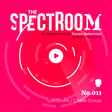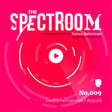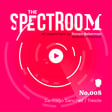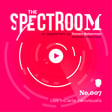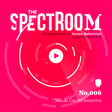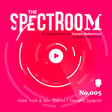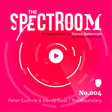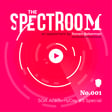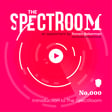
TSR 003: SOA Academy Day #7 Special
On this last SOA Academy Day special, I’m joined with a host of talented individuals, including Teddy Bergsman from Quixel, Paul Nichols from Factory Fifteen, Frederick and Nicholas from Allegorithmic, Andreas Landgren from Tomorrow, Timothy Hoffman from Double Negative, Ondřej Karlík, Adam Hotovỳ, and Jaroslav Křivánek from Corona Renderer, and Panos Ioannou and Gamma Basra from Foster and Partners for KS Group. These companies have a distinct view and role in architectural visualization that you’ll definitely want to hear, but first, a little bit about each.
Quixel
The Scanmaster creator of Quixel, Teddy Bergsman, has also generated Megascans, a massive online scan library. His team is now pushing 50 people, and his work has been used all over the world, including in the recent film The Jungle Book. His vision was clear from the beginning, and his intense dedication to achieving his goal has definitely paid off.
Factory Fifteen
Joining me from Factory Fifteen is Paul Nichols. This company has both a design-led approach to filmmaking and a narrative-led approach to architectural visualization. They consistently work on two very different projects — one in film and one in architectural visualization — and they have managed to have great success with both.
Allegorithmic
This software company started with gaming, and has grown to the architecture and design industries. They also develop reference tools for next-generation PBR material content. Frederick and Nicholas share their thoughts on the future of archviz and the benefit of using their architectural library, which contains all of the materials an artist needs for their renderings.
Tomorrow Visualization
Tomorrow Visualization focuses on creating change. They’re not just making images, they’re part of a design process, and that is the reason that they go to work every day. The structural process they follow is based on reality, and that is what people either love or hate about their images. We talk about what is included in their standard work and their competition work, and why a prospective employee needs to be a “really nice person.”
Double Negative
Double Negative joined us at SOA Day #7 to demonstrate methods from television and film using software such as Mari, Maya, and V-Ray. In our conversation, Tim Hoffman shares his opinion on the most important things that archviz masters can learn from the film industry.
Corona Renderer
Corona has established itself firmly in the industry, being used in many studios, including my own. They share what improvements can be expected from the newly released version of their software, news about user training through Corona Academy, and future plans for other platforms and solutions. They talk about how they plan to divide their time between development of new features and building new advanced technologies into their algorithms, and time has shown that their efforts have certainly paid off.
Foster and Partners
Panos Ioannou and Gamma Basra join me to discuss how they have grown from a small company of 7, to a major production house that can no longer produce all of their work themselves. Fosters focuses on design follow-up rather than the marketing process itself, and they’ve got a clear vision for the future of their company. Looking to work at Fosters? Listen on to hear what they require from potential team members.
Key Takeaways
[1:08] Teddy Bergsman’s vision of the future of Megascans was clear from the beginning.
[6:33] Megascans is destined to affect archviz in very good ways.
[12:28] Any future work by Teddy Bergsman is undoubtedly going to be successful.
[14:50] The team at Factory Fifteen specializes in animation and films as well as archviz.
[21:27] Paul Nichols muses on the future of VR.
[24:43] Teach

